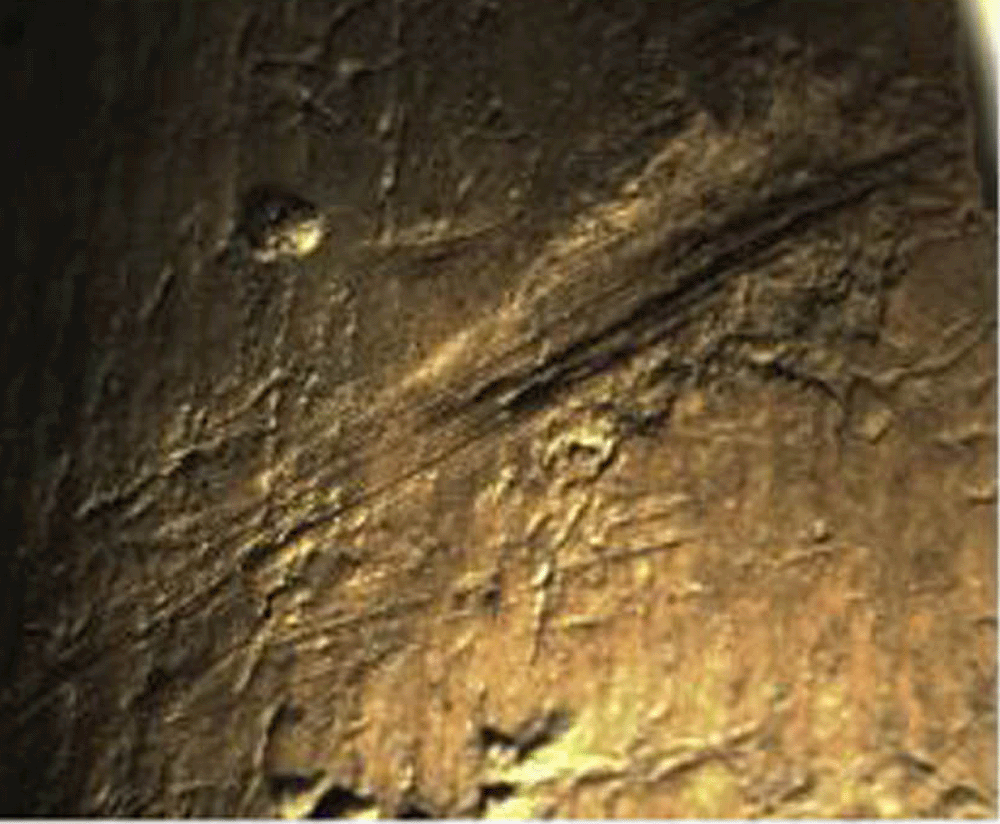STONE Age Orkney islanders chopped up their dead relatives before mixing the grisly remains in communal pits.
A new forensic study of human remains on Orkney has found “chop marks” and “scrape marks” which proves deliberate dismemberment and “defleshing activities”.
Academics believe the butchering of deceased loved ones was done to remove their identity as individuals because dead ancestors were regarded as a collective group.
Chopping up remains and mixing them together also meant islanders could overcome the different rates at which the bodies of individuals tended to decay.
The grim new insights into the business of death in Stone Age Orkney have been revealed by Dr Rebecca Crozier, based at the University of the Phillipines.
The archaeologist, who previously studied at Edinburgh University, is a specialist in human osteology, forensic archaology and mortuary analysis.
The Orkney islands are home to at least 72 tombs – known as “cairns” – dating back as far as 4,000BC.

The ancient burial sites have been the focus of dozens of archaeological studies over the years – with experts debating the mysterious details of how the ancient islanders buried their dead.
Dr Crozier’s study of two ancient tombs at Quanterness and Quoyness involved re-analysing more than 12,275 bone fragments previously excavated from the tombs on mainland Orkney and Sanday.
Previous archeologists found the bones of the dead Orcadians mixed together at the two sites rather than intact as full skeletons.
They concluded that the bodies had been burned or buried until the flesh was decomposed, before a selection of certain bones were moved to a tomb – as was the case in similar tombs in south England.
But in her study – titled “Fragments of Death” and published in the Journal of Archaeological Science – Dr Crozier found evidence that full bodies were brought to the tombs where mourners chopped them up and scraped their flesh from bone in a violent ceremony.
She used a method called the “zonation system” – which helps archeologists create an unprecedented detailed database of remains to draw parallels between marks found on different bones.
At the Quanterness site Dr Crozier found that the bones thought to be missing – giving evidence to the old theory – were in fact present, but broken into small pieces.
She also discovered 40 incidences of “pitting” – dents in the bones indicating they have been hit hard with a “striking tool”.
She points to one example of pitting, where a bone “was struck twice with a stone tool of some sort”.
She also discovered ten examples of “cut marks”, 19 “chop marks” and three “scrape marks” on bones.
This, she says, is evidence of “dismemberment of human remains”.
Her research discovered similar “modification” on 10% of the remains at Quoyness, adding, concluding: “These characteristics are clearly suggestive of deliberate dismemberment.”
Attempting to explain the bizarre behaviour, discusses the idea of “corporate identity” of the dead – where the Stone Age Orcadians thought of their dead ancestors as a collective, rather than as individuals.
She writes that the dismembering was an attempt to “transform the individual to corporate identity” by breaking them up into an unidentifiable collection of remains, mixed together with other bodies.
This, she says, is “an expression of shared ancestral belonging”.
Explaining why the islander violently dismembered their dead, rather than allowing them to decompose, she says: “Whilst the stages of decay follow a predictable pattern, not all individuals will transform at the same rate.
“Rate of decay may be influenced by situations ranging from, for example, the manner of death to the time of year.
“Therefore death, and more specifically bodily decay, would have posed a serious challenge to the Neolithic Orcadians’ ability to impose structure upon their world.”
According to Dr Crozier, they the “defleshing” activities were undertaken on “individuals for whom the decay process had not concluded within a prescribed time-frame.”
This means that Orcadians set about chopping up their relatives if their bodies were not decomposing fast enough for their liking, some time after their death.

